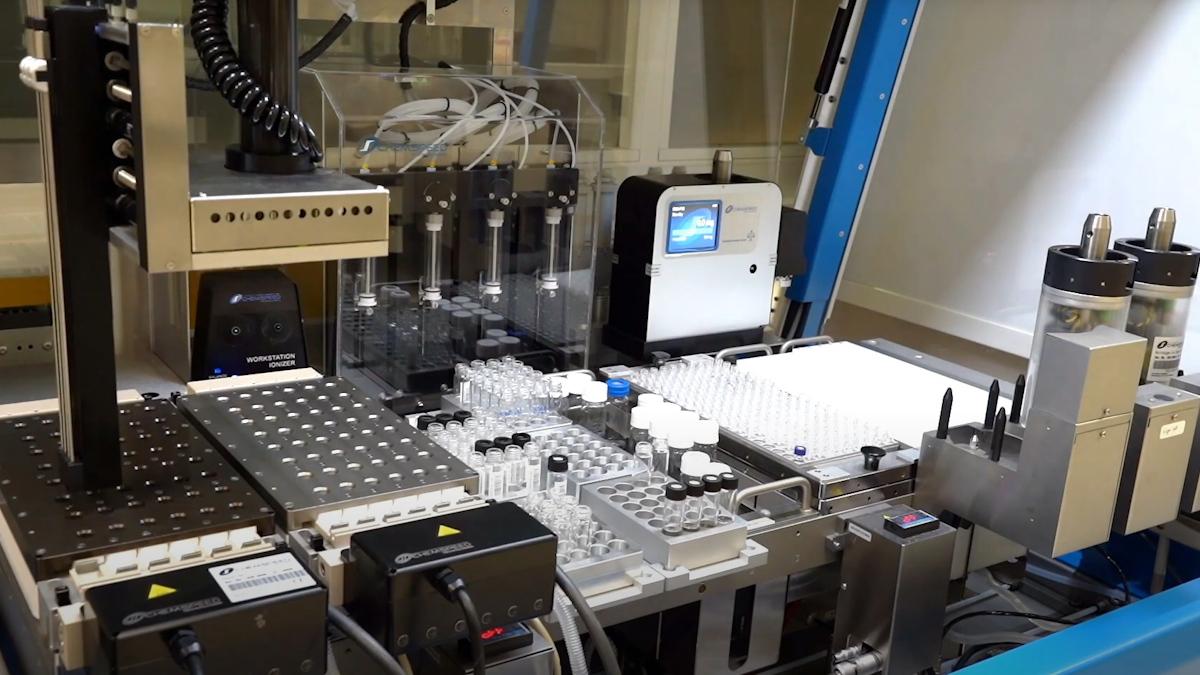Part 1: Accelerating the medical, legal and regulatory (MLR) review leveraging AI

Medical, legal and regulatory review (MLR review) of promotional as well as non-promotional materials is one of the core responsibilities of medical and commercial teams within any life sciences organisation to ensure that all marketed, regulated medical product communication materials are authentic, fair, balanced, and compliant, as per the standards laid by the governing local regulatory bodies. This ensures complete transparency and safeguards against misleading or false promotion.
As part of this review, medical teams must critically evaluate all generated content for scientific accuracy and consistency with approved product labelling. They ensure that all presented clinical data and claims about the product are backed by substantial clinical evidence from published, well-designed clinical trials. This involves critical appraisal of statistical values and end points from clinical trials to ensure medical accuracy and consistency across all generated materials.
Another very important goal of this review is to ensure that all efficacy and safety claims are valid and balanced with appropriate safety information to allow informed decision making by the medical prescriber and the user after sufficiently weighing the benefits and risks associated with that product.
Towards standardised processes and fragmented automations
Traditional MLR review is resource and time intensive, requiring multiple review cycles. Geographical variations in compliance requirements, growing omnichannel adoption, and exponential increase in digital content volumes has led to increased workload and employee burnouts. These factors slow down the compliant and quality content dissemination across various channels, affecting the patient outreach, and scientific interactions with medical community.
Unfortunately, numerous efforts to standardise this process and best practices to accelerate the review of voluminous digital and print assets have not been able to optimally improve the speed and agility of compliant content distribution. Therefore, this area presents a potential opportunity for automation. However, since this is a complex process and presents variations due to evolving changes in local regulations for different classes of approved products and context of use, it cannot be easily automated. Critical rationalisation by a medical professional is always required for accurate and compliant scientific messaging throughout various product life cycle stages.
Artificial intelligence (AI) refers to the capability of algorithms integrated into systems and tools to learn from data so that they can perform automated tasks without explicit programming of every step by a human. The World Health Organization (WHO) has recently issued guidance for ethical use of AI, laying down core principles and recommendations, which account for the unique ways in which humans can use generative AI for health. Evolving AI capabilities (like text and image fact checking, style and grammar checking, intelligent video analytics, and audio transformation) can automate a few MLR checkpoints, but cannot replace the professional thinking construct of a MLR reviewer.
To reduce the burden of manual review, we can introduce fragmented automations to perform a quick pre-review before attempting a full review. Based on the current industry trends and practices, below are a few strategies and use cases to perform AI assisted pre-review.
1. Pre-MLR categorisation/ screening using AI
Not all promotional materials require a full-length review cycle for compliant content dissemination. To identify materials that require a stringent review versus those that may be directly approved without even a need for review, or which may be directed for an abbreviated review, initial categorisation of such materials is required. For example, all local promotional copies developed from globally approved materials can be screened by AI for purely localised materials without any change in approved master/ global content versus localised and adapted content or newly created local content.

Table 1: AI assisted screening and categorisation of local promotional materials for assessing the need and capacity for a full length MLR review.
The above table shows the immediate gain of productivity, speed, and efficiency that could be achieved by simple automated screening of volumes of assets pending for MLR approval.
2. Prioritisation of promotional assets
All screened assets with adaptation and new content creation can be prioritised as per the need for a full length or abbreviated MLR to accelerate approvals based on application of a risk tiering criteria. A few quantitative and qualitative ranking examples are listed in the table below.

Table 2: Risk tiers for review of promotional as well as non-promotional materials. ISI = Important safety information.
This approach allows for optimal resource allocation, time, and effort spending minimising unnecessary employee burnouts.
3. Automated checks for correct localisation
Purely localised content without any adaptations can be further screened by GenAI for identification of any localisation errors by introducing ‘mandatory’ and ‘good to have’ rule-based checks, with defined acceptance criteria for accuracy level for correct localisation.
Once complete, documents with no localisation error can be directly sent for MLR approval without any need for manual review. Documents with errors can be routed back to the project owner for necessary corrections.
4. Identify adapted content using content similarity score
In case of adapted content, AI can be leveraged to identify and highlight the areas and percentage of edited/newly added content to understand what length of review would be needed for a particular asset. It can be done by identifying similarities in the content and context of use when compared with approved materials. Here, with the help of natural language processing (NLP) and well-designed GenAI prompts, the accuracy of AI can be improved to detect and highlight modified and non-conforming content. However, an abbreviated manual review would still be necessary for approving such asset types.
Such selective content MLR review not only increases the speed of review, but can also avoid excessive resource burnout.












